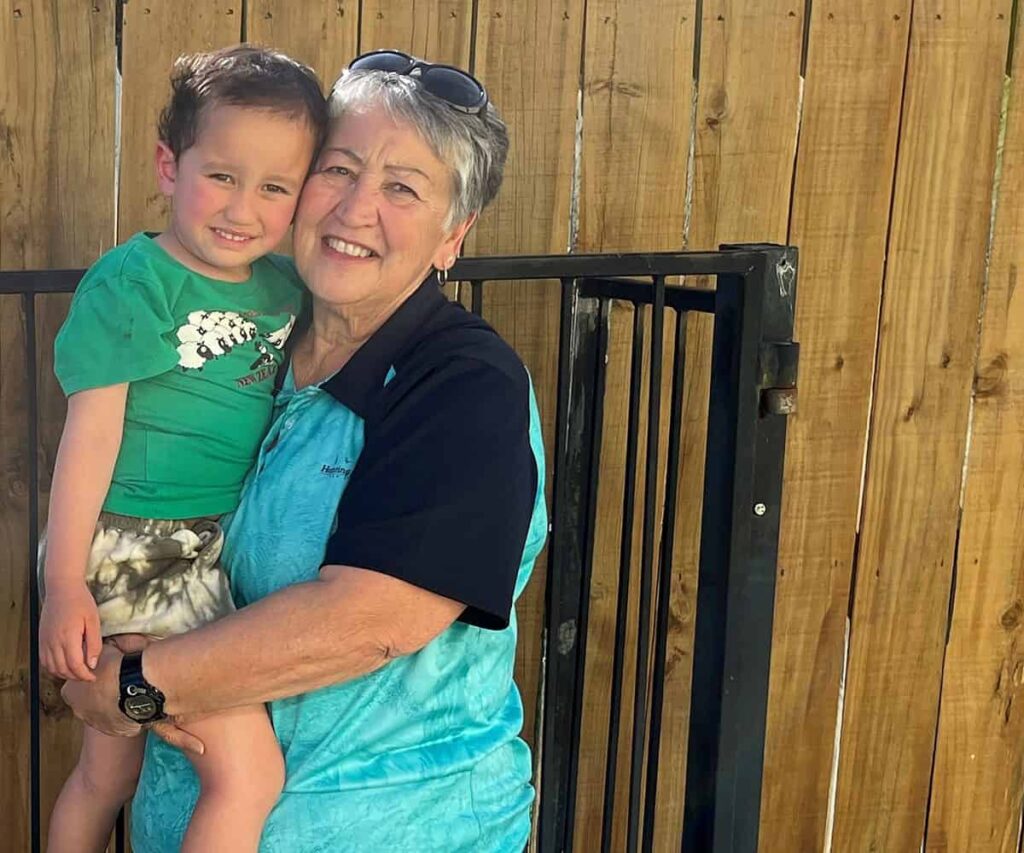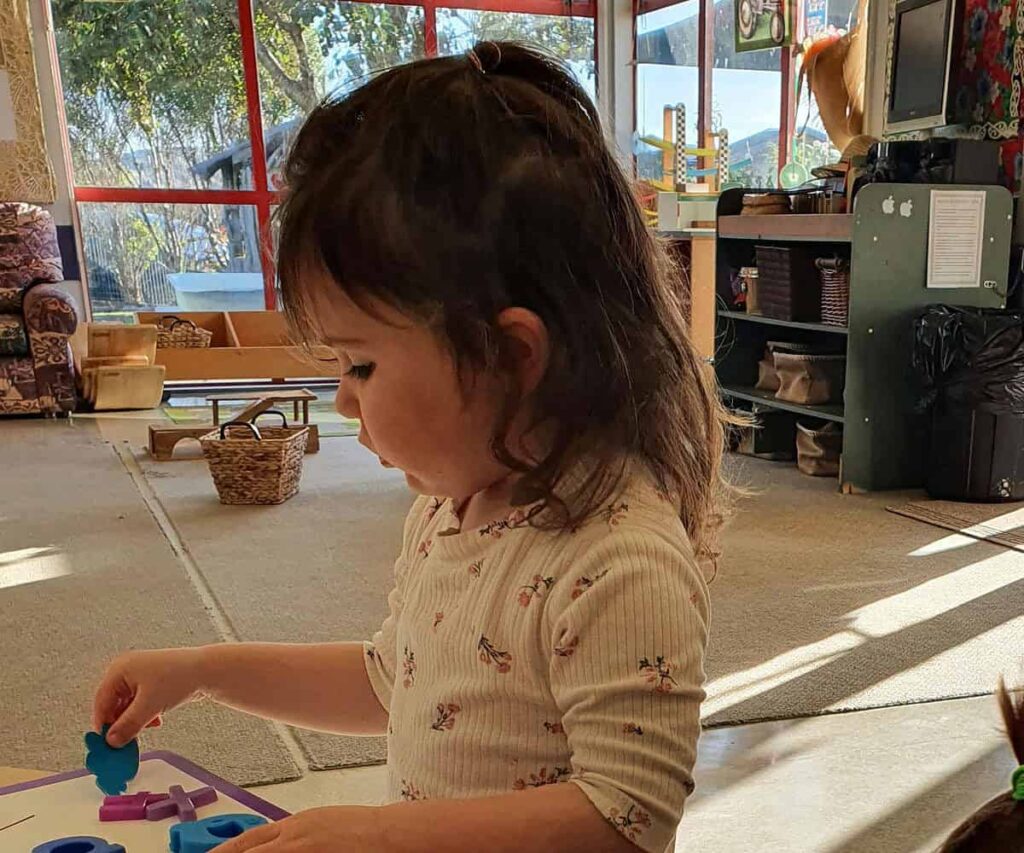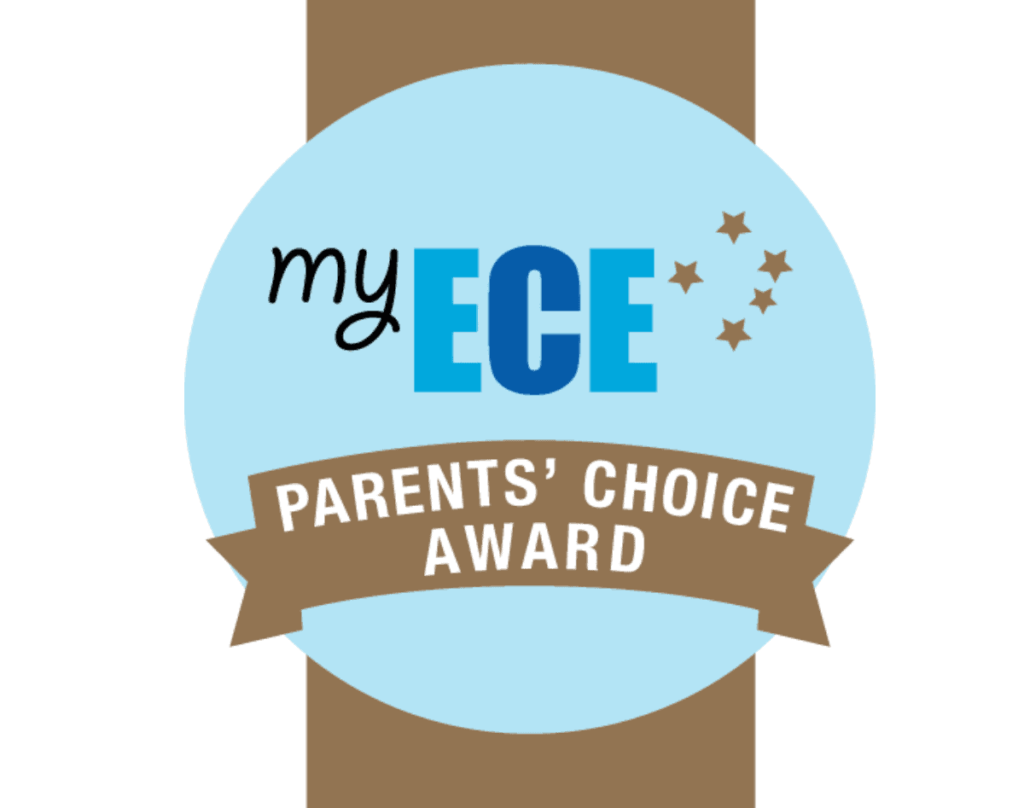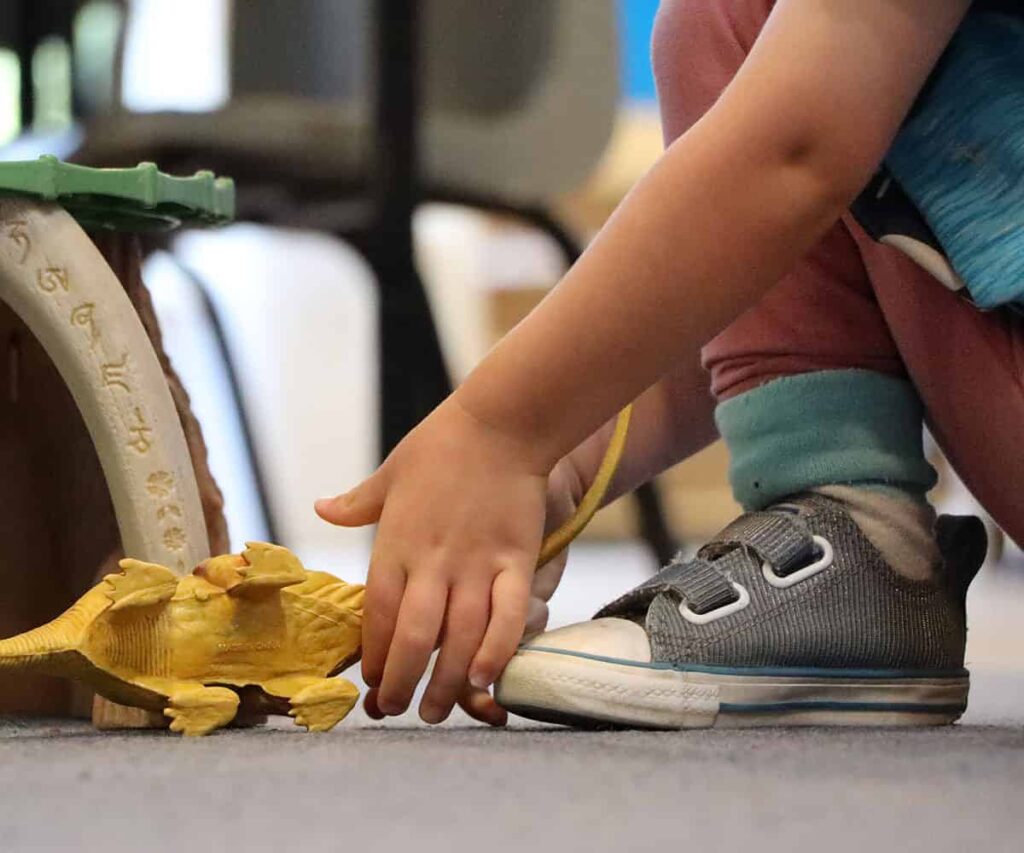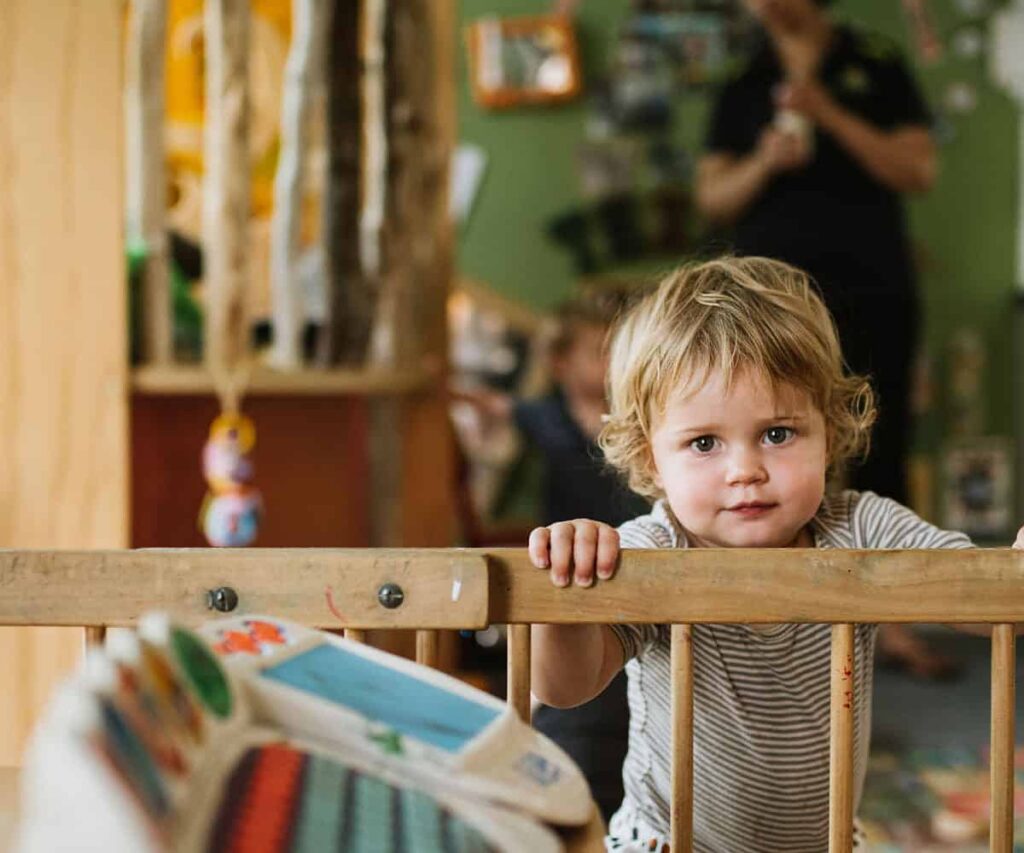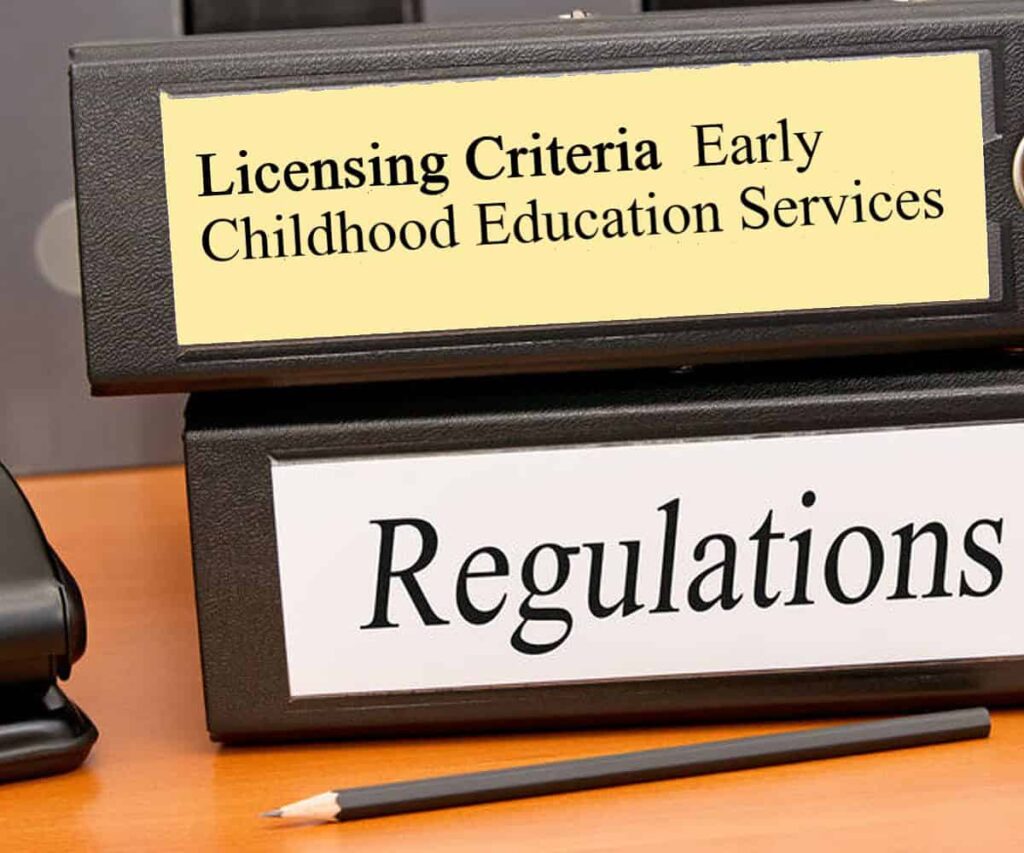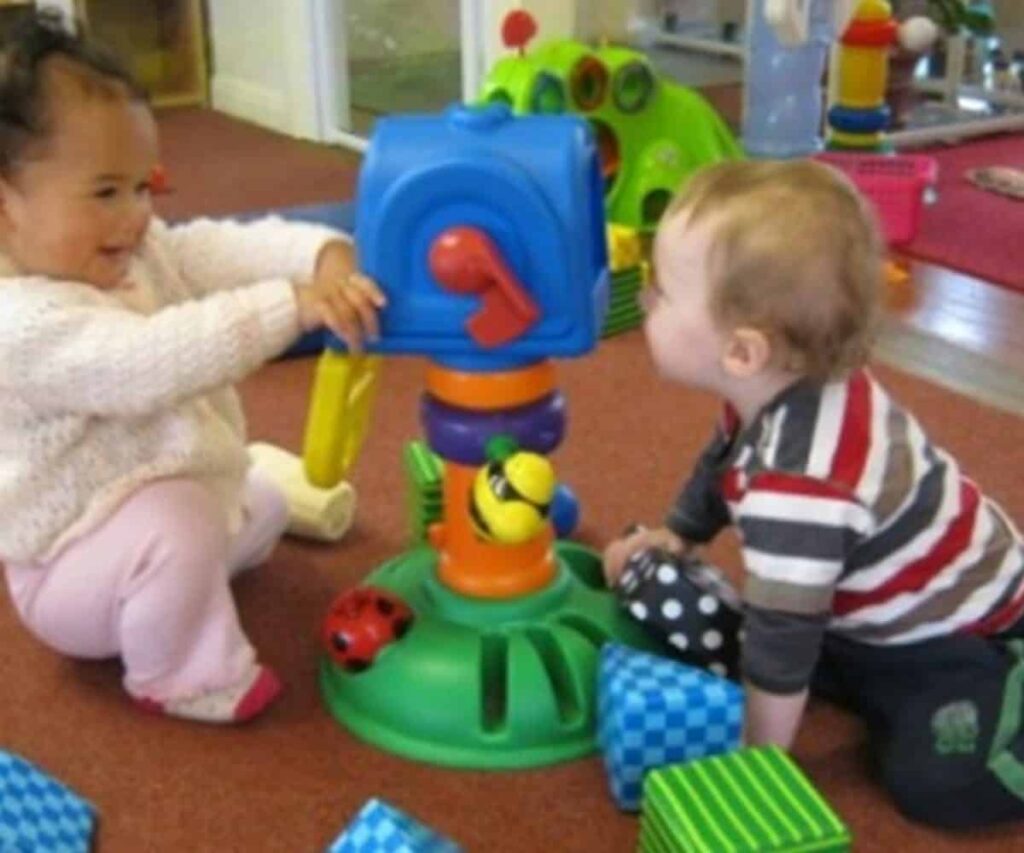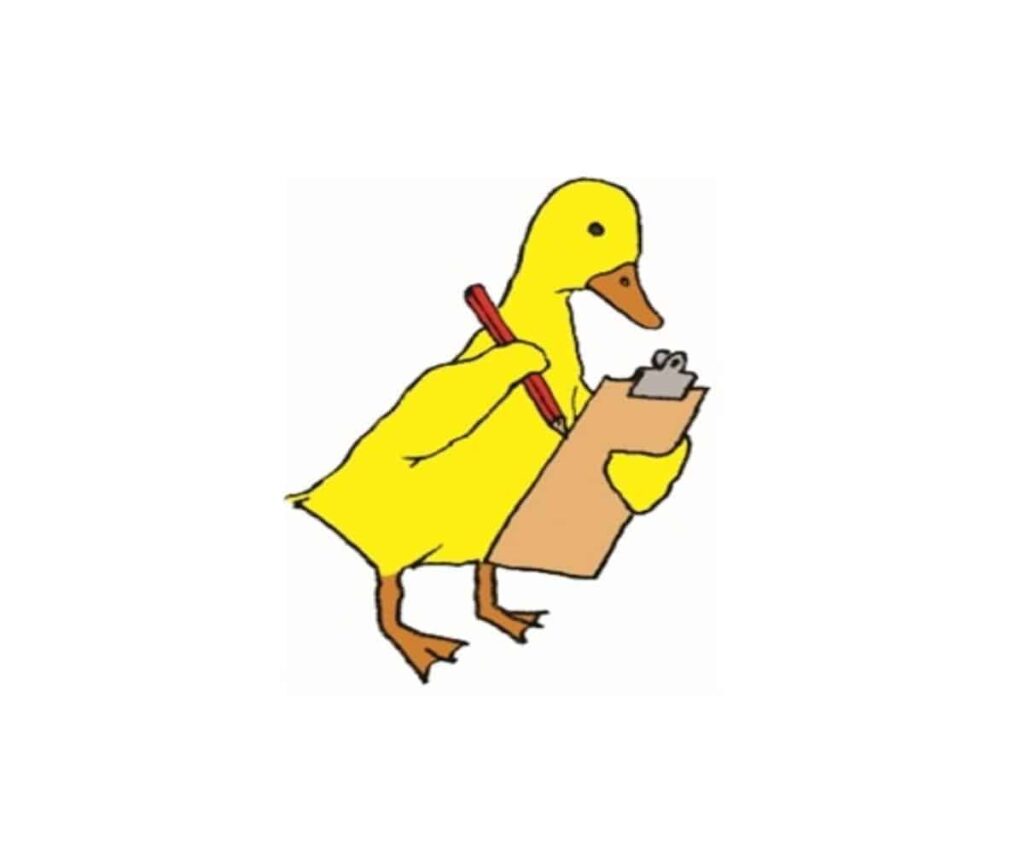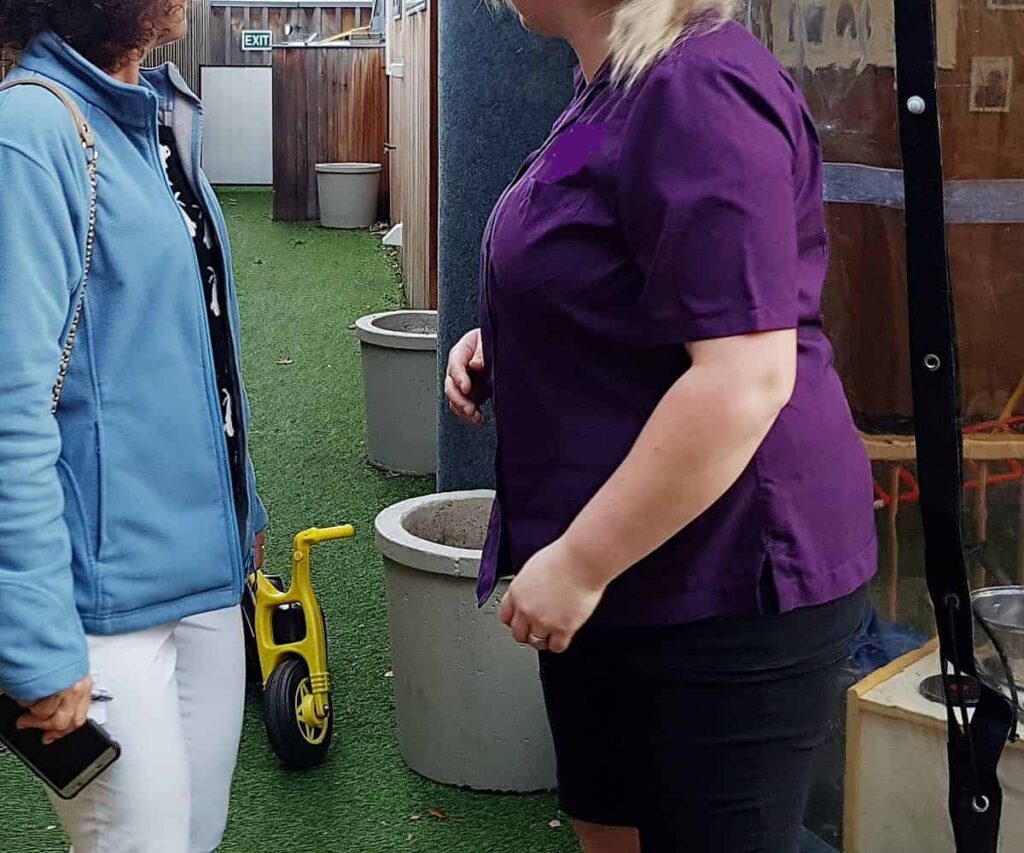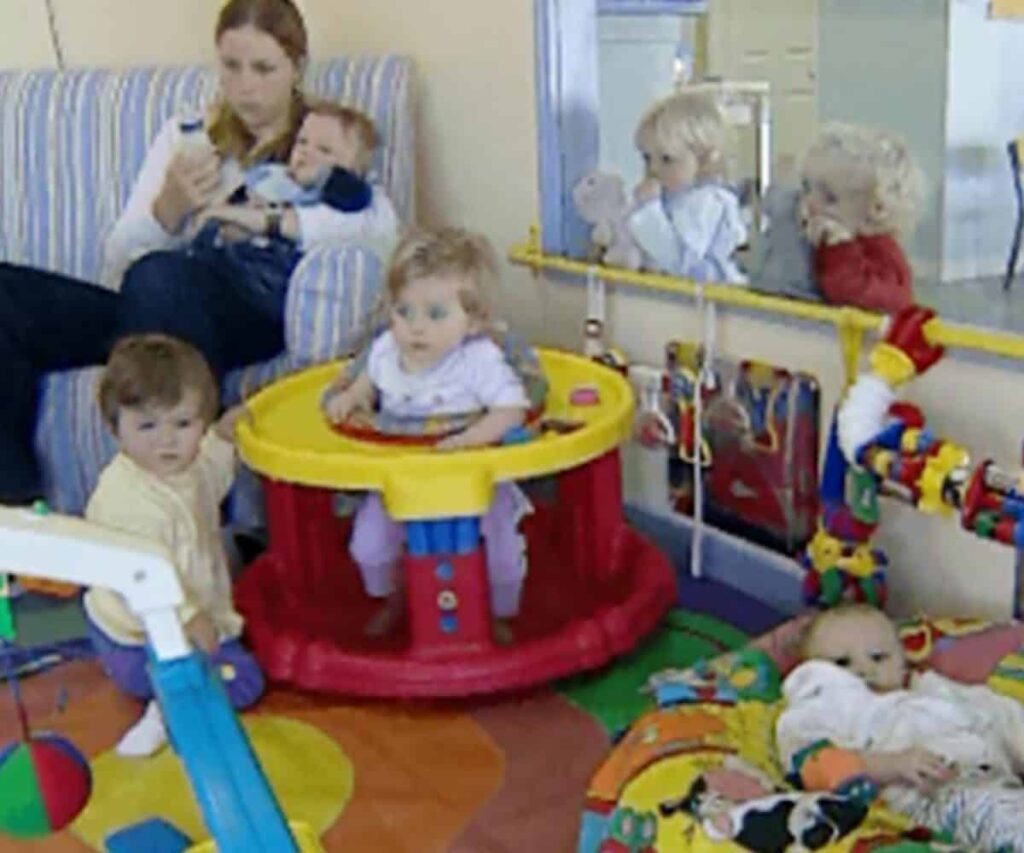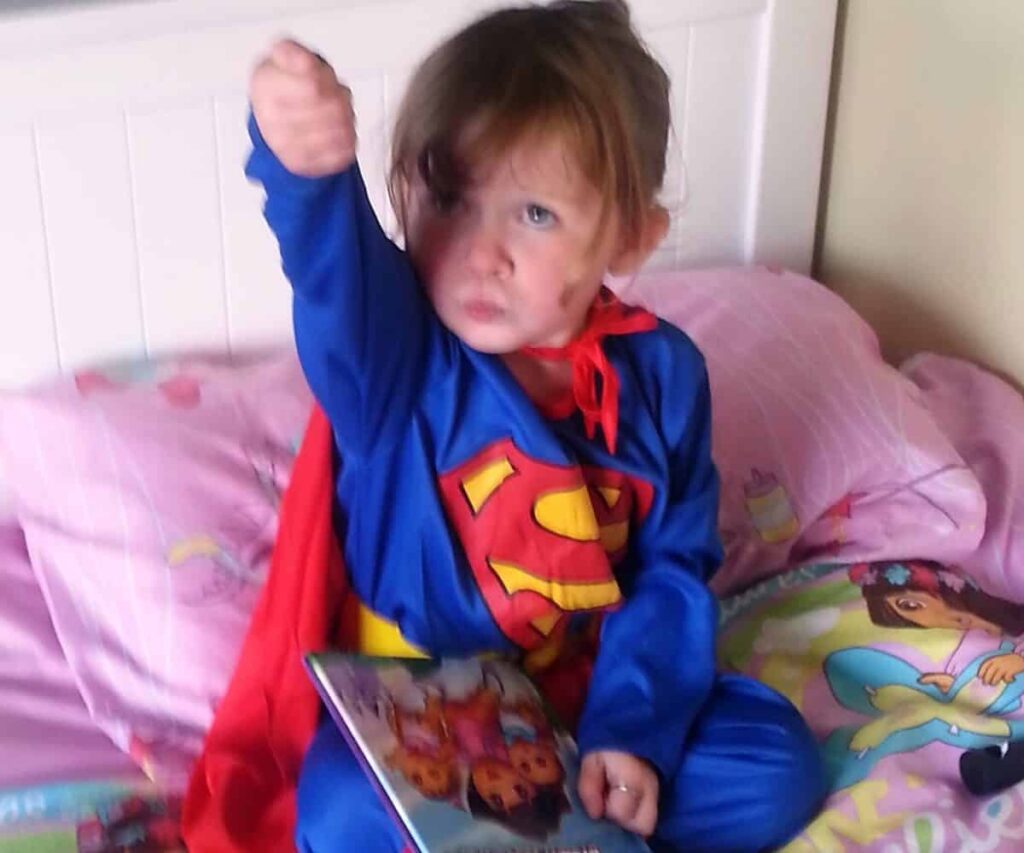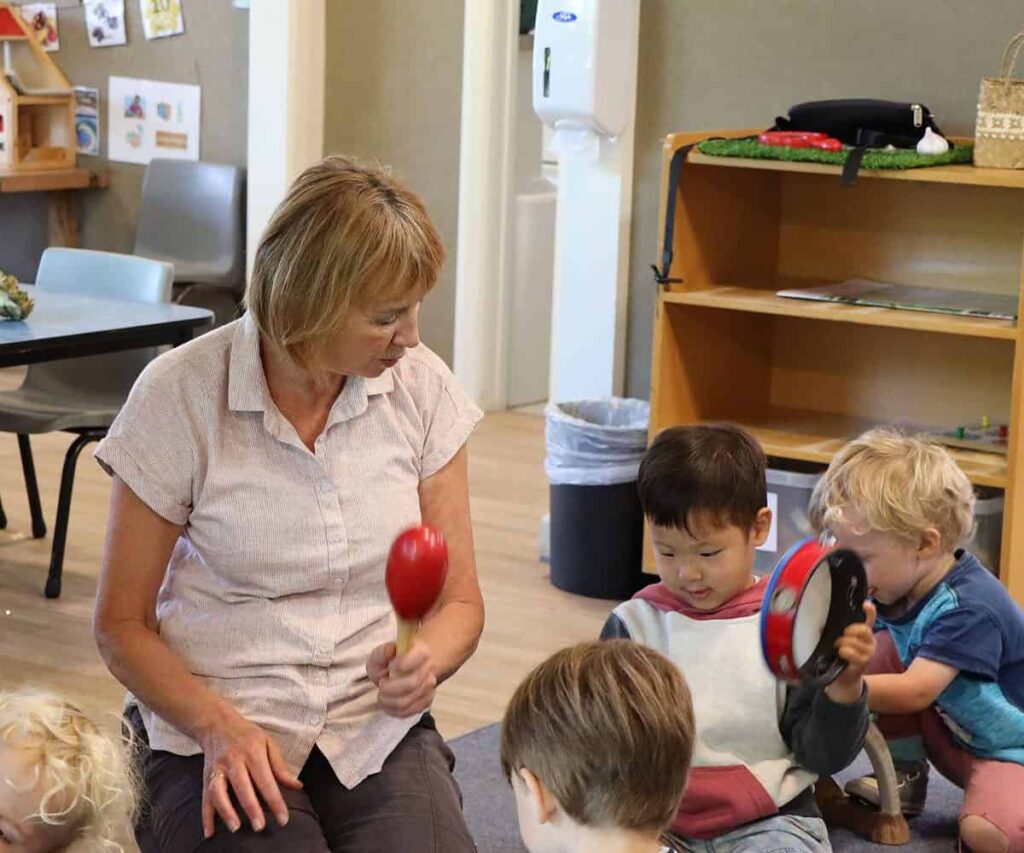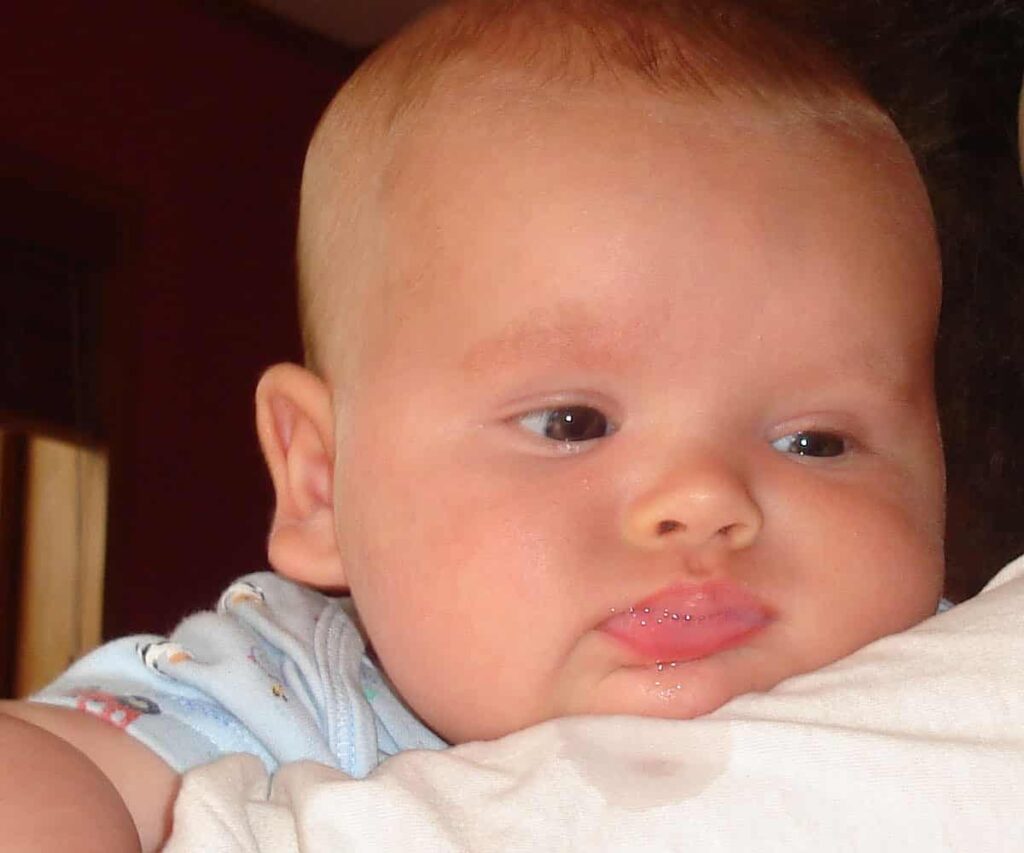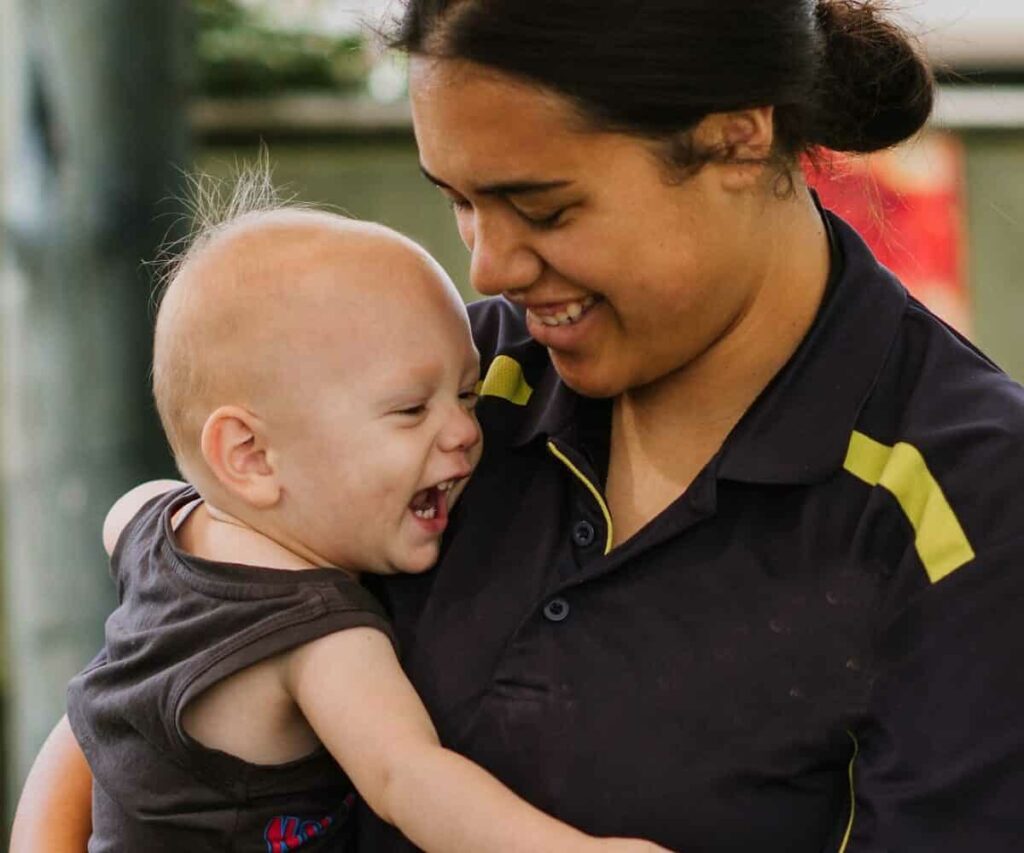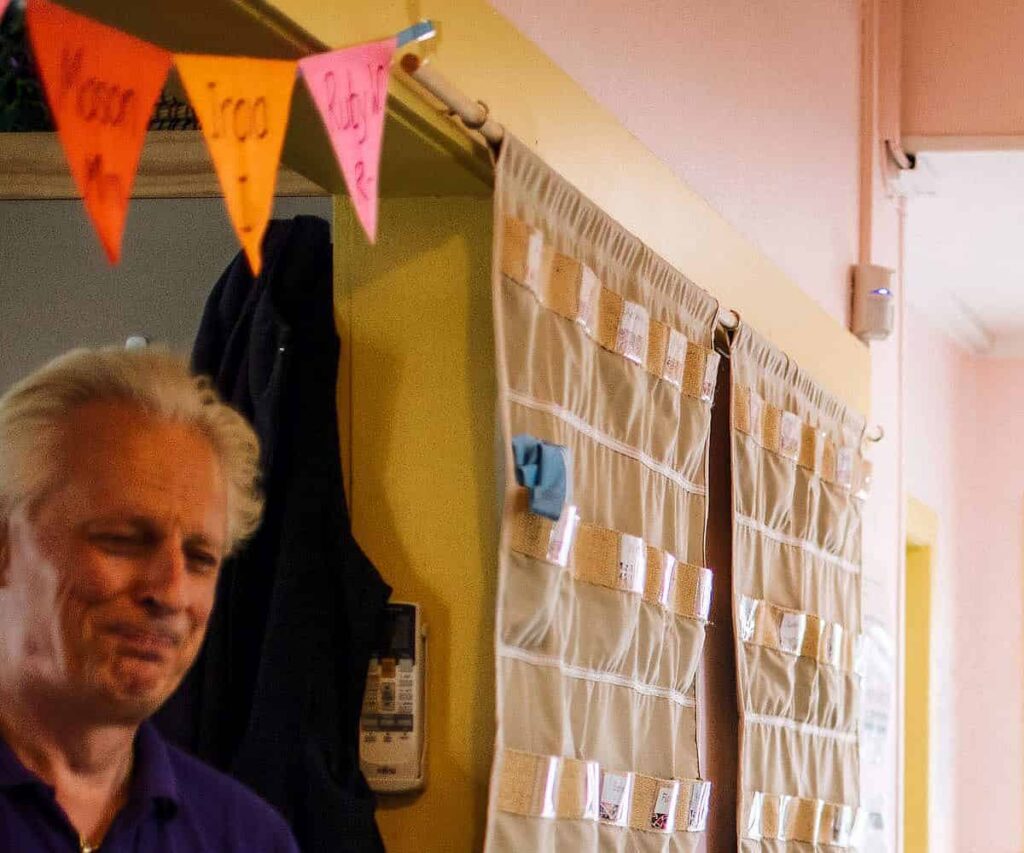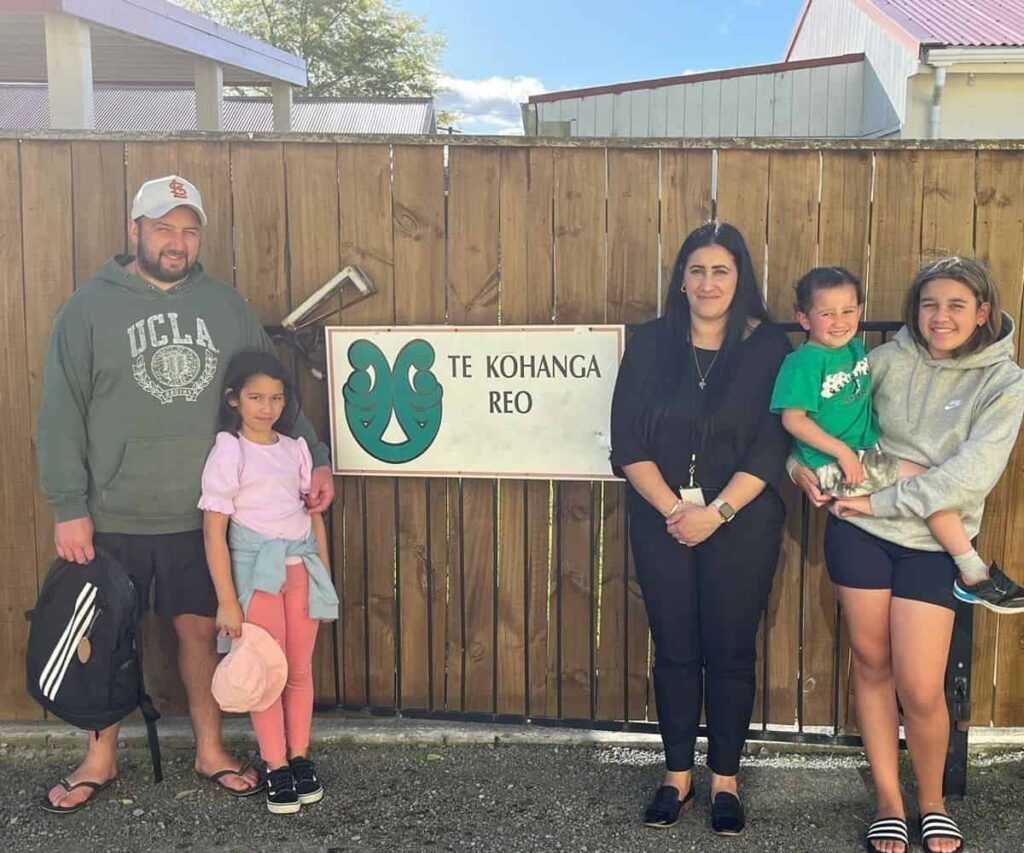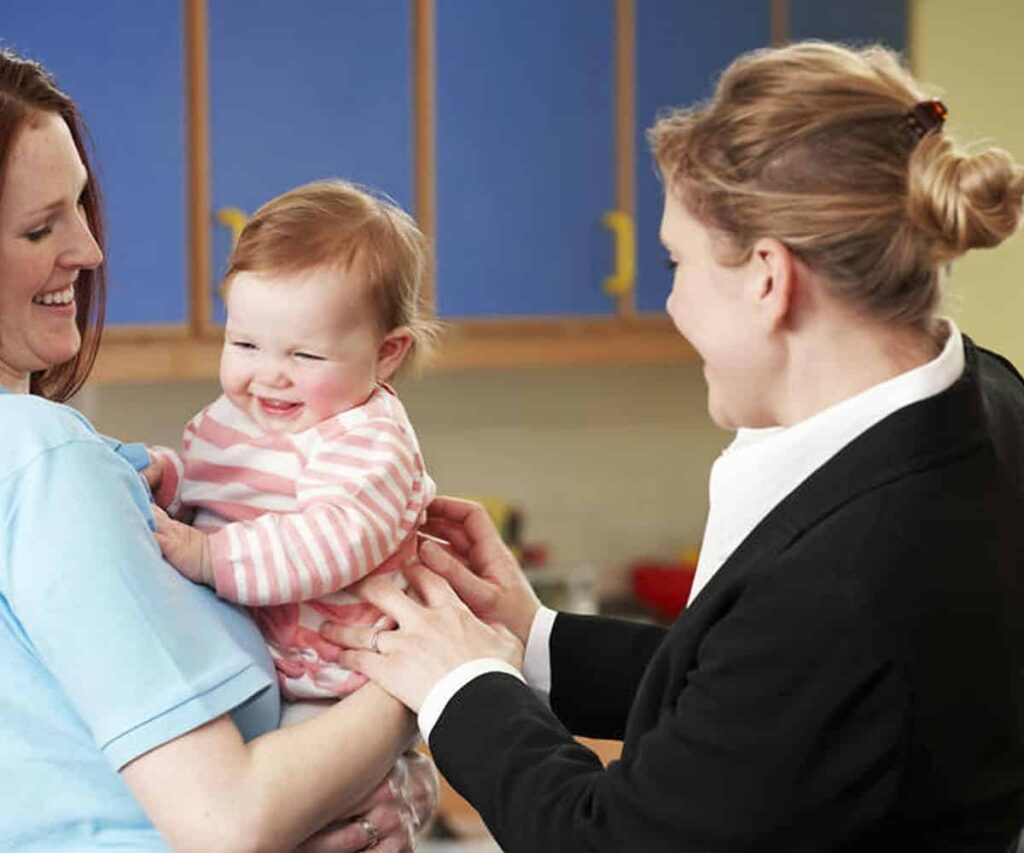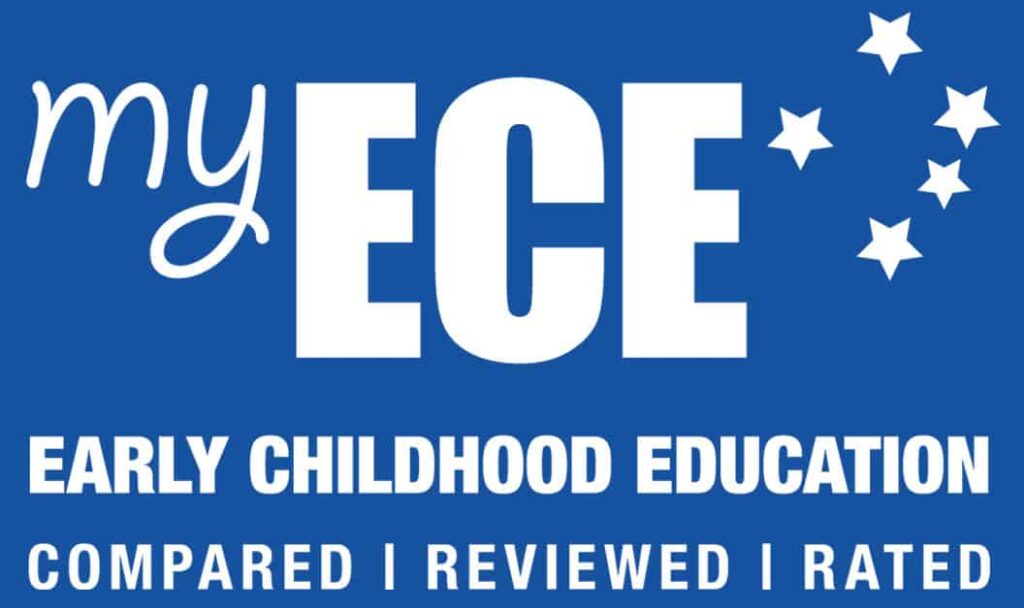Early childhood services are required to exercise appropriate child behaviour management strategies. This includes promoting social competence and providing positive guidance.
Key requirements for behaviour management
The service must support children’s developing social competence and understanding of appropriate behaviour.
The service must document its process for providing positive guidance to encourage social competence in children.
Note that in behaviour management:
- It is illegal for an adult to use physical force against a child for correction or punishment.
- This requirement appears to be a difficult one to measure because early childhood services are known to differ in their expectations for children’s behaviour and the role adults provide for children due to variations in programme philosophy (e.g., Montessori and Playcentre), family culture and aspirations for their child, staff training, staff culture, etc.
Policy and written procedure
To ensure the service adequately covers the two key requirements (above) it is a good idea to develop a policy and set of procedures for staff (educators) and others to follow.
See Promoting Social and Emotional Competence Policy and Procedures.
Failing to meet minimum standards
The Ministry of Education needs to know:
- If you are concerned children’s needs are not being met.
- If you are concerned a service is not meeting a minimum legal requirement.
READ MORE: How to make a complaint and your options.
CAUTION: This page and the information here is provided as part of the My ECE Guide to Regulations and Licensing Criteria for Early Childhood Education Services (The Guide). The Guide does not purport to be a full and accurate interpretation of all statutory provisions relating to early childhood education services. While best efforts have been used in preparing this guide, no representations or warranties of any kind are made and My ECE assumes no liabilities of any kind with respect to the accuracy or completeness of the content. Please note that the Government and Ministry of Education may change, update, or alter any of the requirements at any time. Please help to keep the information on this page up to date by letting us know of changes that need to be made.
Thank you! Kia pai te rā
Reference:
Written Directives to Remedy Health and Safety Risks. Published in the My ECE Guide to Regulations and Licensing Criteria for Early Childhood Education Services, prepared by Dr Sarah Alexander and Warwick Marshall.
Last reviewed: 20 November 2022
